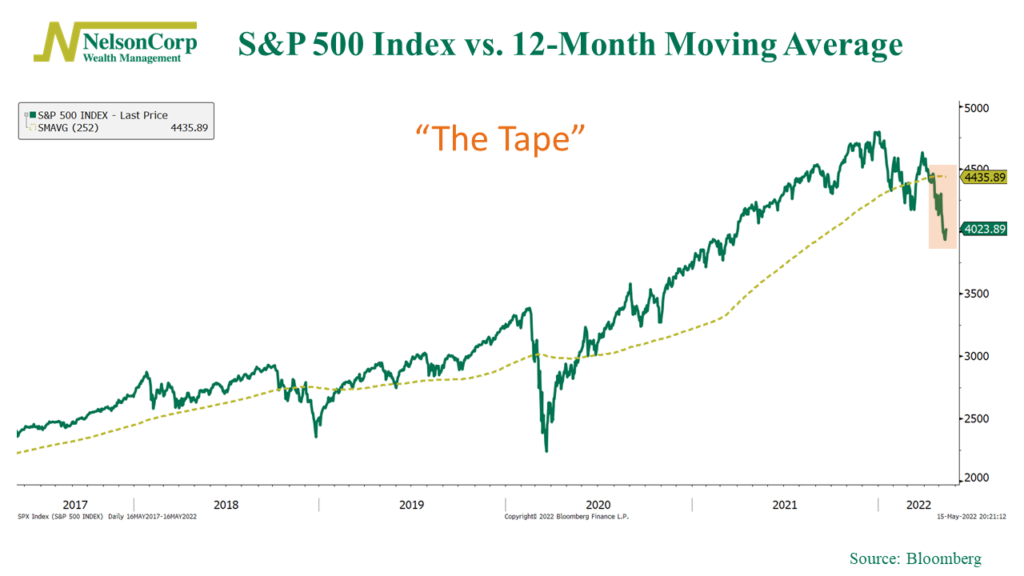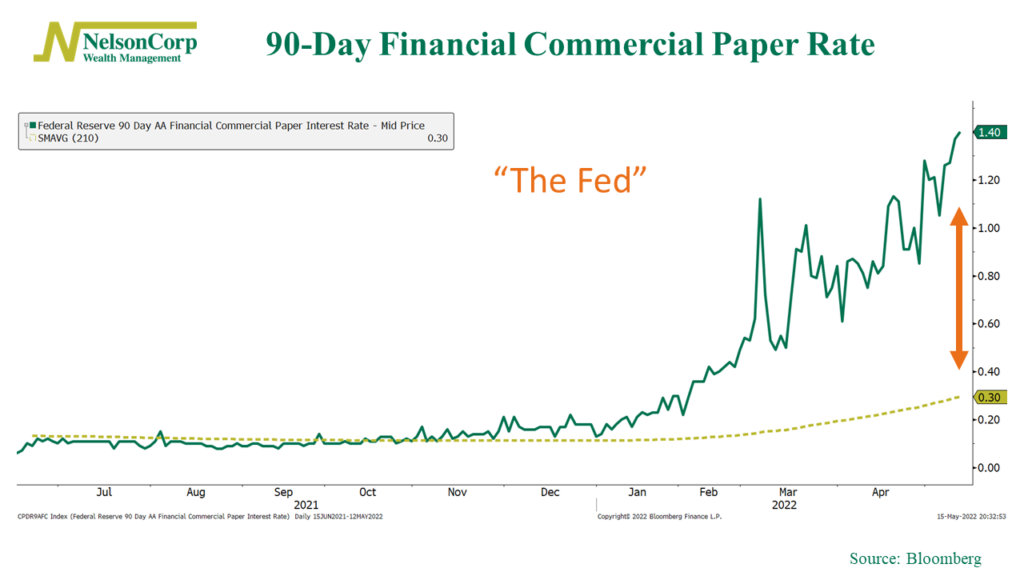OVERVIEW
The U.S. stock market continued to show weak price action last week. The S&P 500 fell 2.41%, its sixth straight week of losses. The Dow dropped 2.14%, and the Nasdaq declined 2.8%.
Foreign stocks are in a slump as well. Developed country stocks fell 1.54% last week, and emerging markets slipped 2.62%.
Bonds, however, caught a bid last week. The 10-year Treasury yield fell to 2.918% from 3.13% the week earlier. Intermediate-term Treasuries gained 0.94%, and long-term Treasuries surged 2.28%. Investment-grade corporate bonds also increased by about 0.6%. High-yield bonds, however, fell alongside the equity market, down 1.21% for the week.
Real estate suffered declines of over 3%, and commodities fell broadly by about 1.6%. Oil dropped roughly 1%, gold fell 3.69%, and corn decreased 0.45%. The dollar continued to show strength, gaining 0.94% on the week.
KEY CONSIDERATIONS
Don’t Fight the Fed or the Tape – Investing is a game of probabilities. And sometimes, there are certain things you can do to increase or decrease your probability of having a successful outcome. To that end, we’ve found two major tenets we like to follow to increase our odds of winning the investing game.
The first: don’t fight the tape. “The tape” is an outdated term for when stock prices were printed on ticker tape. Today, we see them on computer screens, which makes it easy to analyze the overall trend of the stock market. And just like it’s hard to swim against a strong current, it’s hard to go against a strongly trending market.
There are many ways to measure the trend of the market, but the easiest way is to compare today’s price to the average price over the past 12 months. If today’s price is greater than the average 12-month price, the trend is up; if not, the trend is down.
As you can see from the chart below, the S&P 500 index (green line) is trading well below its 12-month average level (gold dashed line). This implies that “the tape” is weak, and the bias in the trend is to the downside.

Now to the second half of the equation: the Fed. Below we show the 90-day interest rate for financial commercial paper. Commercial paper is a form of unsecured, short-term debt that corporations use to meet short-term liabilities. We use this as a proxy for “the Fed” in our analysis because it illustrates how the Fed affects real-world corporations when it hikes the benchmark fed funds rate.

As the chart reveals, the 90-day commercial paper rate has risen sharply above its 10-month average. This is a sign that the Fed is providing less support to the financial system than before.
So, “the Fed” portion of our analysis is in a bearish zone, and “the tape” is also bearish. As we’ve seen this year, when both areas are weak like this, the stock market tends to struggle. That’s why we bake these core tenets into our modeling process, so we never forget to “Don’t fight the Fed or the Tape.”
This is intended for informational purposes only and should not be used as the primary basis for an investment decision. Consult an advisor for your personal situation.
Indices mentioned are unmanaged, do not incur fees, and cannot be invested into directly.
Past performance does not guarantee future results.
